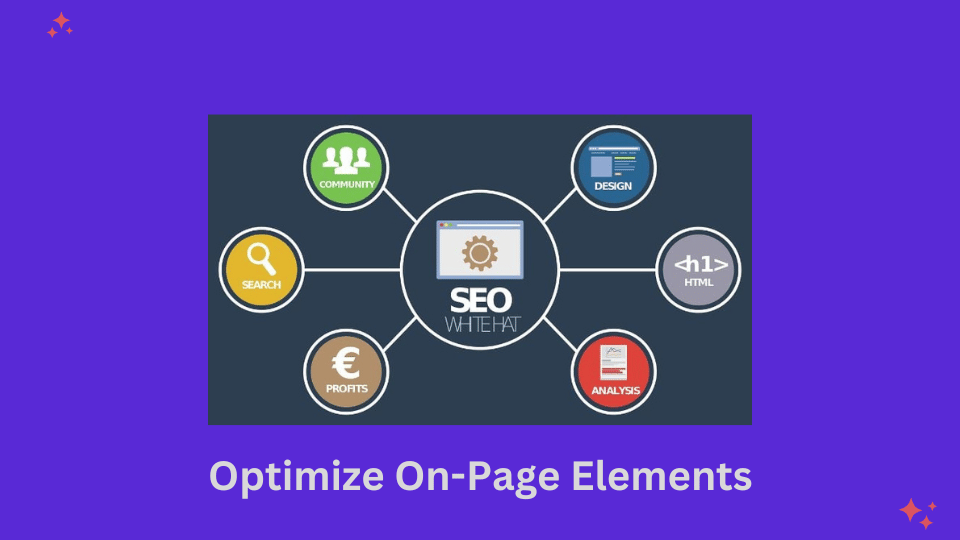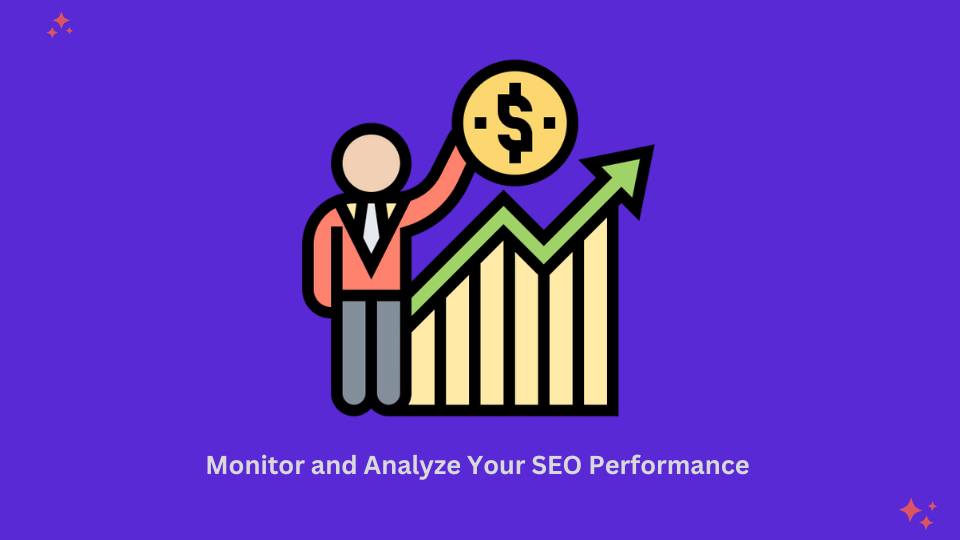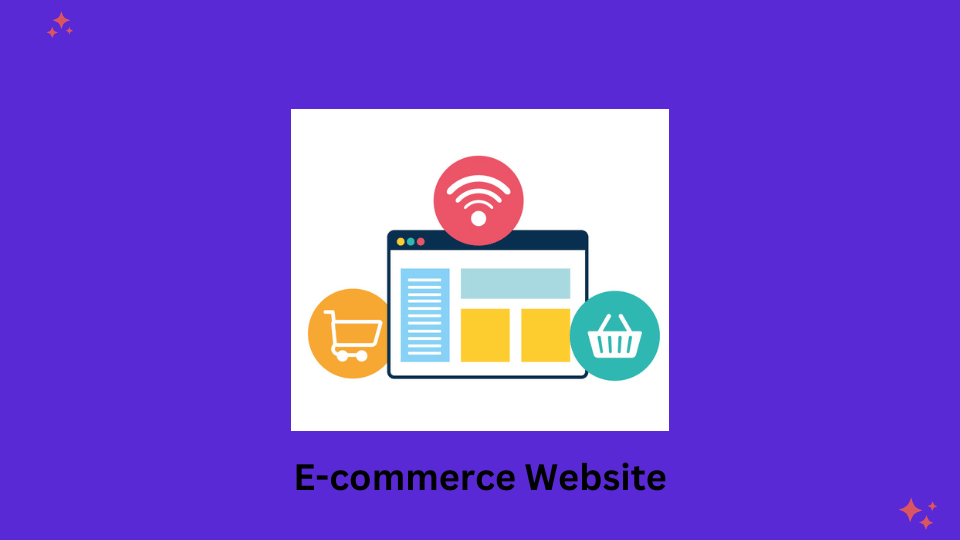Owners and marketers of e-commerce websites, take note! Would you want to dominate search engine results and increase organic traffic? To improve your E-commerce website’s ranking, optimize it! carry out in-depth keyword research, optimize on-page components, provide quality content, accelerate page loading, and optimize for mobile devices. You’ll improve your visibility, draw in targeted leads, and acquire a competitive advantage in the online market by putting these methods into practice. Take action right now to see your online store reach new heights!
Conduct Thorough Keyword Research
Any effective SEO approach starts with keyword research. Determine the appropriate keywords and phrases that members of your target market are likely to use while looking for goods or services that are comparable to what you provide. Finding high-volume keywords with manageable competition is made easier with the use of tools like Google Keyword Planner, SEMrush, and Ahrefs. To cover as many different types of search intent as possible, aim for a combination of broad and long-tail keywords.
For instance, appropriate keywords for a handmade soap store may be “natural soaps,” “organic bath products,” or “handmade soap bars.”
Optimize On-Page Elements

a. Title Tags and Meta Descriptions
Create distinct, captivating titles and meta descriptions for every page that include pertinent keywords. To guarantee they show in search engine results in pages (SERPs) without being cut off, keep the meta description to 160 characters and the title tag to 60 characters.
For example,
Title Tag: Natural Handmade Soaps | ABC Soaps | Organic Bath Products
Meta Information: Explore our selection of organic bath products and handmade natural soaps. Each soap bar is painstakingly crafted using the best materials to provide a wonderful bathing experience.
b. URL Structure
Use clear, descriptive URLs that are simple to read and include pertinent keywords. In your URLs, stay away from utilizing too many parameters, special characters, or digits.
c. Heading Tags
Use the relevant heading tags (H1, H2, H3, etc.) to organize your information. To increase readability and SEO, include your main term in the H1 tag and add variants in successive heading tags.
d. Image Optimization
Images may be optimized by having their size reduced without sacrificing quality and by having pertinent alt tags added. For photographs that include keywords, give them appropriate file names.
Create High-Quality and Unique Content
Publishing original, educational, and interesting material is essential for SEO. Produce valuable blog entries, tutorials, and intriguing product descriptions for your audience. Use natural keyword placement throughout your content to prevent penalties from keyword stuffing.
For instance, include specific details on the ingredients, advantages, and manufacturing process of the soap rather than a general product description. Include client endorsements or tell engaging tales about how the soap was made.
Improve E-commerce Website Performance
a. Page Speed
By reducing file sizes, using browser caching, and utilizing content delivery networks (CDNs), you may increase the speed at which your website loads. User experience and search engine rankings are both improved by quicker loading times.
b. Mobile-Friendliness
Make sure your online store’s website is responsive and offers a smooth user experience on a variety of devices. Optimize for mobile to increase exposure since Google favors mobile-friendly websites.
Implement On-Page SEO Best Practices
a. Internal Linking
To increase navigation and disperse link authority, connect to relevant pages on your website. Internal links make key pages more visible to search engines and aid in their understanding of your website’s organizational structure.
b. Schema Markup
Use schema markup to provide search engines with more details about your items, including reviews, ratings, pricing, and availability. This boosts click-through rates and the way your listings look in SERPs.
Use schema markup as an example to show star ratings and reviews on your product pages in search results.
Build High-Quality Backlinks
When it comes to off-page SEO, collecting backlinks from trustworthy sites of high quality is quite essential. Focus on building relationships with relevant websites through guest blogging, collaborating with influential people, and creating content that is so helpful that others will want to share it. You should avoid using backlinks that are spammy or of poor quality since they might affect your results.
For instance, ask well-known health or beauty blogs to write reviews of your handmade soaps and to include a link to your online store.
Leverage User Reviews and Ratings
Customers should be encouraged to rate and evaluate your items. User-generated content boosts your search engine results and offers useful social proof. In order to increase clicks and exposure, search engines often include ratings and reviews right in search results.
For instance, add a review system to your product pages and invite users to submit their stories. To assist search engines in understanding and displaying ratings in search results, highlight good reviews on your website and think about including structured data markup.
Optimize for Local SEO
If you have a physical location for your company or serve customers in a specific region, optimizing your website for local search is really necessary. Verify that your Google My Business listing has been claimed and optimized, as well as that the address, phone number, and hours of operation are accurate. Utilize local keywords throughout your content, meta tags, and headers for the best results when trying to attract local customers.
Use phrases like “Handmade Soaps in [City Name]” or “Organic Bath Products Near [Location]” in your title tags as an example.
Implement a Secure and Mobile-Friendly Website
Mobile friendliness and website security are important ranking criteria. For a secure connection to be established between your server and users’ browsers, make sure your website has an SSL certificate. Additionally, make your website mobile-friendly to improve user experience with search engines, which give preference to mobile-friendly websites.
Use a responsive design, for instance, which dynamically modifies the appearance and content of your website to match various screen sizes. To guarantee that your website works properly across all platforms and browsers, test it out.
Monitor and Analyze Your SEO Performance

Monitor and analyze the performance of your website in terms of search engine optimization on a regular basis in order to identify areas for improvement. Using applications like Google Analytics and Google Search Console, you can monitor vital statistics such as organic traffic, keyword rankings, click-through rates, and bounce rates. You may be able to enhance your SEO strategy by seeing trends within this data, improving pages that are not doing well, and making decisions based on the data.
Example: To assess the success of your optimization efforts, set up frequent reporting and monitoring of your SEO data. Determine the keywords that are generating the most traffic and conversions, then concentrate on optimizing the pages that are related to them.
Conclusion
A comprehensive strategy that incorporates in-depth keyword research, on-page optimization and practical SEO strategies, the development of high-quality content, technical optimization, and the construction of trustworthy backlinks is needed to optimize your e-commerce website for improved search engine ranks. You may drastically improve your website’s exposure, draw in organic visitors, and encourage more conversions by putting the tactics described in this tutorial into practice. To remain ahead of the competition, keep in mind that SEO is a continuous process and that you should always review and modify your strategy.




















